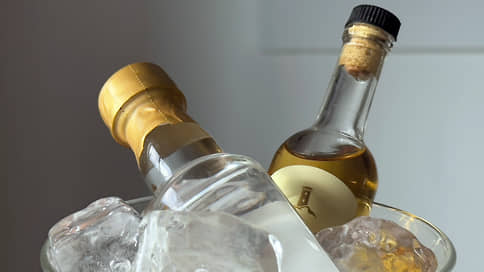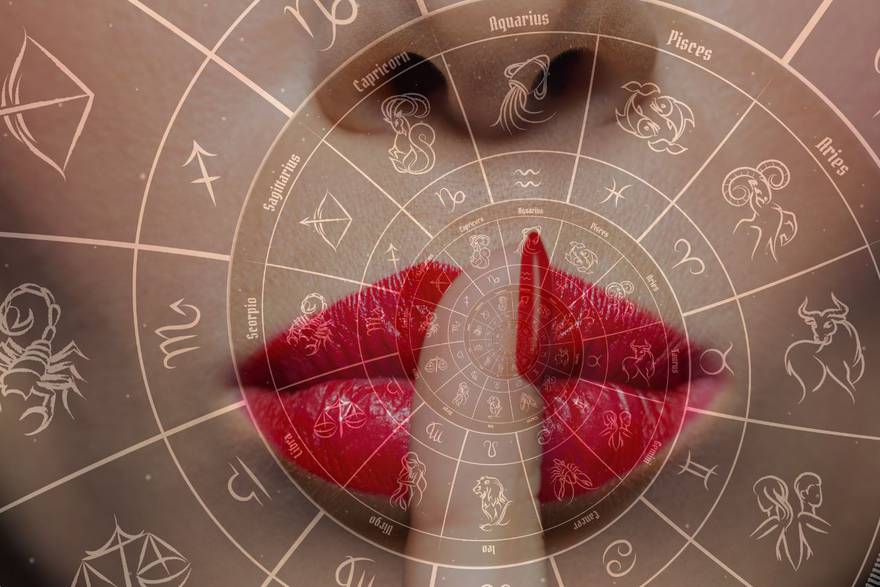Natural sales of rum in the first quarter grew by 17.5% year by the year

Despite the general fall in early 2025, demand for strong alcohol, the natural sales of rum in the first quarter increased by 17.5% of the year by the year. Also, sales growth is observed in other taste alcoholic beverages, such as gin and whiskey. Market participants explain the trend with the activity of distributors and alcohol producers who bring to the market new positions in categories. Nevertheless, experts note that the Roma category is now growing mainly due to the cheapest brands a little more expensive than vodka.
As follows from the Kommersant available to Nielsen research company, in the first quarter of 2025, natural sales of rum in Russian retail increased by 17.5% of the year, and cash – by 19.5%. A more restrained increase in the implementation is noted in Gin – by 9.2% and 16.4%, bitter – 8.6% and 19.6%, whiskey – by 7.8% and 14.1%, liqueurs – 7.6% and 18.1%, respectively. Despite the fact that certain categories show positive dynamics, sales of strong alcohol as a whole in the Russian Federation continue to decline.
According to Rosalcoletabakcontrol, in January -March 2025, retail sales of alcoholic beverages (excluding beer, beer drinks, cider, pora and meads), including catering enterprises, were reduced by 16.2% year, to 48.54 million decalits (DAL). Sales of vodka decreased by 8.3%, gave to 17.2 million, cognac – by 13.2%, gave up to 3.12 million, low -alcohol products – by 89.3%, up to 495.9 thousand gave, other drinks – to 3.46 million gave. Nielsen analysts also record a fall in Brandy, by 10.9%, and vodka – by 4.8%.
In absolute volumes, the growth of rum sales is primarily explained by the effect of a low base, explains Pavel Pobedkin, the owner of the Kaluga Liker-Vodka plant « Crystal » (brands Bionica, Stun, Old Park). According to his estimates, if in the first quarter of 2024 in the Russian market, whiskey sold 5.2 times more rum in the Russian market, now it is already 4.6 times. Even at the current growth rate of Roma, it will be very difficult to occupy a share in the market, at least comparable with whiskey, the expert states. The interest in taste drinks from the Russian consumer is quite high, said the president of the Alcopro Guild Andrei Moskovsky. Deputy Director for Commercial Issues of Tatspirtprom (brands Smoky Peaks, Royal Raven, Cubana Cultura) Yuri Karjakin notes that Russian consumers have been continuing the change of preferences from classic drinks, such as vodka and cognac, to more taste.
The President of Ladoga (Cool Skeleton, Fowler’s, Barrister brands) believes that the consumer, faced with explosive growth in wine prices, began to switch to rum, whiskey and gin, which are mixed with tonic, ear, soda or juice. Natalya Nevorotova, director of the main portfolio of the alcoholic Siberian group (brands Rumbarum, Sea Witch, Broma Dry) believes that alcohol consumption continues to shift from bars to house. Among other growth drivers, she calls the active launch of Roma’s own brands with local manufacturers. According to her estimates, more than 60% of RAM sales in the Russian Federation falls on local companies. Also, the main contribution to the growth of the category is made by their own brands of retailers in a low -price segment, she said.
Positive growth in the Roma category is observed mainly in inexpensive flavored drinks, which are close to the price to vodka, Andrei Moscow agrees. At the same time, he adds, popular imported brands that already have their regular consumers feel good. According to him, the rest of the brands are either stagnated or a little lost in sales. Yuri Karjakin also notes that alcoholic categories growing are more resistant to price increase. Usually, solvent consumers buy rum or whiskey, he remarks. Therefore, these alcoholic categories are now more resistant to price growth.








